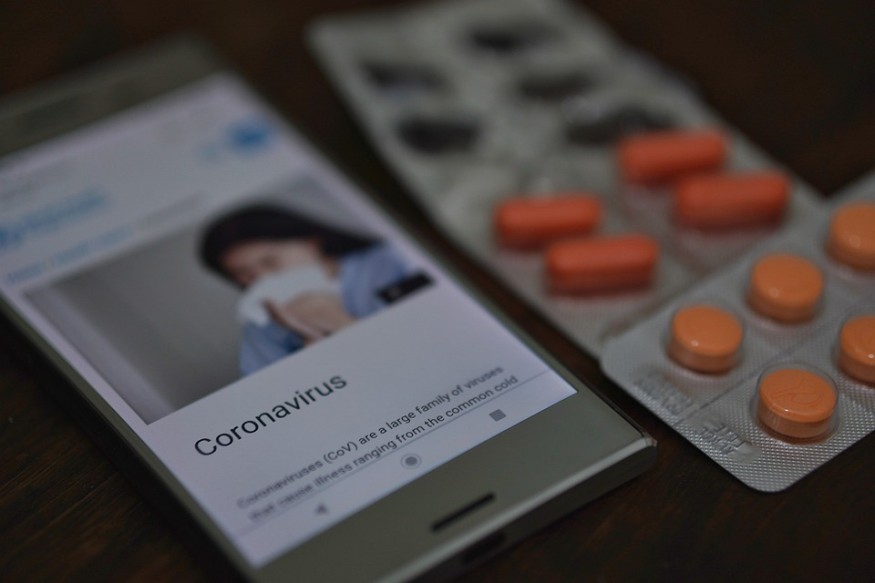
By this time, the outbreak of the coronavirus known as COVID-19 has already spread in more than a hundred countries, with many more new cases and deaths. Everyone is asking how they can protect themselves.
The virus spreads through small droplets, especially when an infected person sneezes, coughs, or spits, and releases a bunch of virus particles into the immediate surroundings as an aerosol.
How the virus is spread
The virus is transmitted by breathing in the virus or by touching your mouth, nose, or face with contaminated hands. Your hands may become contaminated by touching surfaces where the virus is present. Close contact with infected people, especially in crowds, help propagate and spread the virus more quickly.
How to avoid infection
As an individual, the first line of defense you can have against the virus, the outbreak of which has just been declared a pandemic, is to conduct thorough and regular handwashing. Do this with soap and water, and for at least 20 seconds each time.
If you have to cough or sneeze, you can limit the possibility of viral transmission to others by covering your mouth with tissue, or if there is none available and the situation calls for it, with your sleeve. Immediately throw the used tissue properly, then wash your hands thoroughly once more. It is also advisable to avoid getting close to or coming into contact with sick people.
According to doctors and medical professionals, face masks are not an effective protection against COVID-19.
Symptoms of the COVID-19
The organ that is primarily infected are the lungs. First, the affected individual starts getting a fever, after which a dry cough follows. This may lead to difficulty in breathing.
On the average, the incubation period is five days after infection. It is also possible, however, to exhibit symptoms much later; incubation can be as long as 14 to 24 days, according to WHO or the World Health Organization.
Individuals who have symptoms are the ones who can transmit the virus more effectively. However, people who are still asymptomatic are also able to transmit the virus. Early in the infection, the symptoms can be easily mistaken for the common cold or flu.
Statistics
Just how deadly is COVID-19? The mortality rate is apparently one to two percent, although this figure is not considered conclusive. The death rate could easily be higher, but it could also be lower if a lot of the milder cases go unreported.
The WHO examined 56,000 patients, from whom it has gathered the following important trends:
- 6% of infected individuals develop critical illness, with septic shock, organ and lung failure; they are at high risk for fatality
- 14% of infected have severe symptoms, such as shortness of breath and breathing difficulty
- 80% have only mild symptoms, with cough, fever, and the occasional pneumonia
People who have pre-existing conditions, like heart disease, diabetes, and asthma, as well as older individuals, are the most likely candidates for severe illness.
Current treatment
At present, treatment for infected individuals mainly focuses on maintaining the patient's body, which includes respiratory support, to help the immune system get back on its feet to fight the virus. A vaccine is currently under development.
© 2025 NatureWorldNews.com All rights reserved. Do not reproduce without permission.





